Buddhist Six Session Nidra Sleep Yoga – Protection for Sleeping Mind in a Concise Pratice

Why is sleep yoga considered indispensable in Buddhism — and also to non-Buddhists? What is Six Session Yoga Nidra? Why do 30 percent of adults suffer from insomnia, according to WHO data? Why is sleep time considered the best time to practice purification and protection yogas? How can we actually sleep deeper, while at the same time practice purification and protection yogas while sleeping? Which short daily practice can not only protect your sleep, but ensure a relaxed, stress-free rest, and how do we do it?
Protective Yoga Nidra
Protective Yoga Nidra, or Safe Sleep Yoga, may be the most important practice for busy, modern Buddhists struggling to find quality Dharma Practice Time. Not only do 30 percent of adults suffer from insomnia, according to WHO data, but when we do sleep we suffer the same sort of fear and stress as we experience during waking hours. Protective Yoga Nidra combine two important Buddha Dharma Yogas.
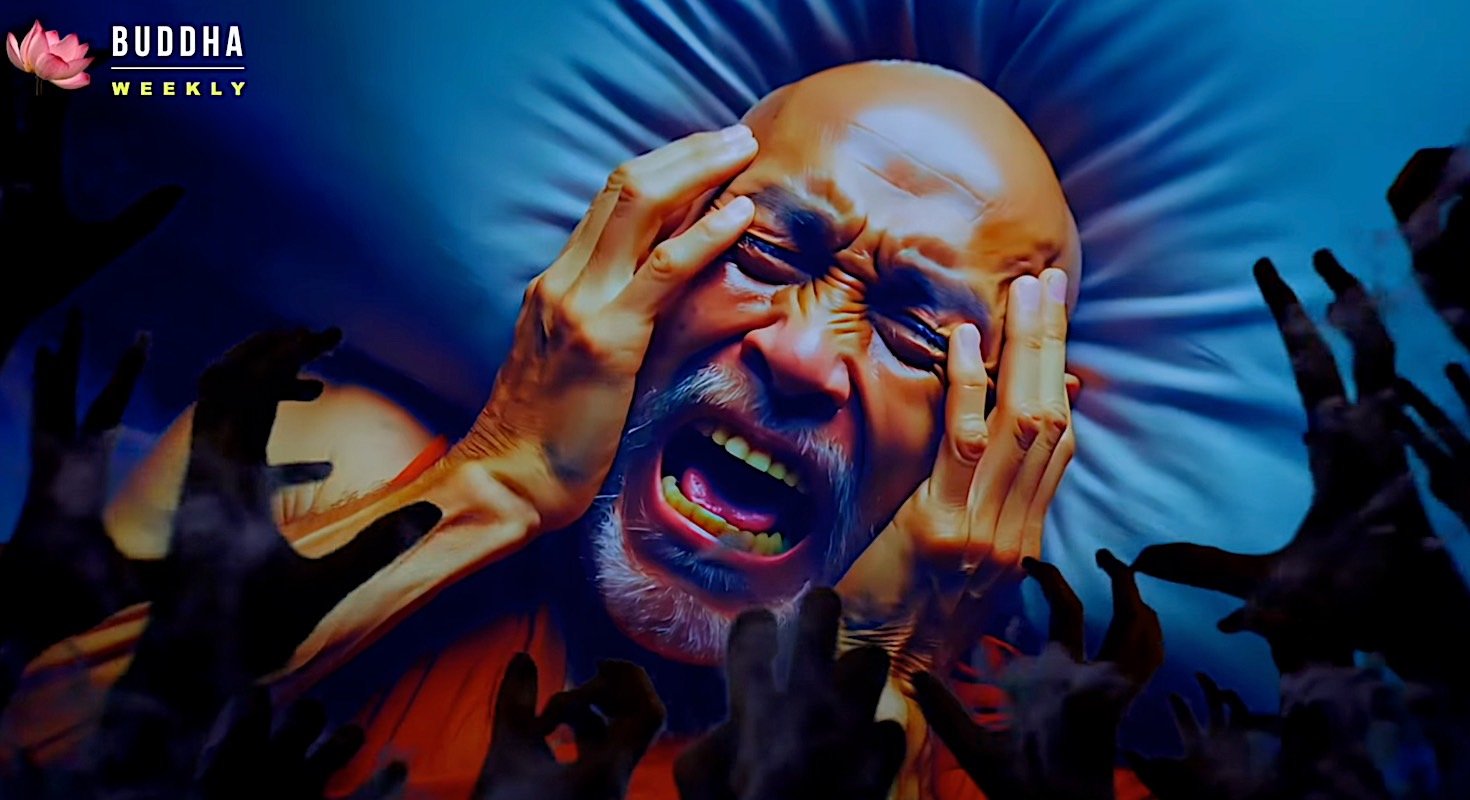
Yoga simply means practice in the Buddhist context, so here we are practicing Yogas of Protection, combined with the important Yogas of Sleep. When this is further combined with Milam Yogas, or Dream Yogas — which we may explore separately — we empower round-the clock protection and karma or activity Dharma. Our sleep time becomes restful and deep, while at the same time we practice purification and protection. We wake refreshed, and often with realizations or insights to power our day. Advanced practitioners also include the Six Yogas of Naropa into their sleep cycle.
Why is sleep yoga so important? On average 33 percent of our precious time in this life is spent sleeping — or trying to sleep, which is worse considering the value of recovery sleep. That’s 230,280 hours in the average modern human lifespan. Shockingly, 26 years of the average human’s life is spent sleeping or trying to sleep. 7 years of the average human’s life is spent just “trying to sleep.” When we consider that 24 percent of our lives, on average, is spent at work, and after family, socializing, online time, and more, how much time do we have left to practice Dharma as lay practitioners.
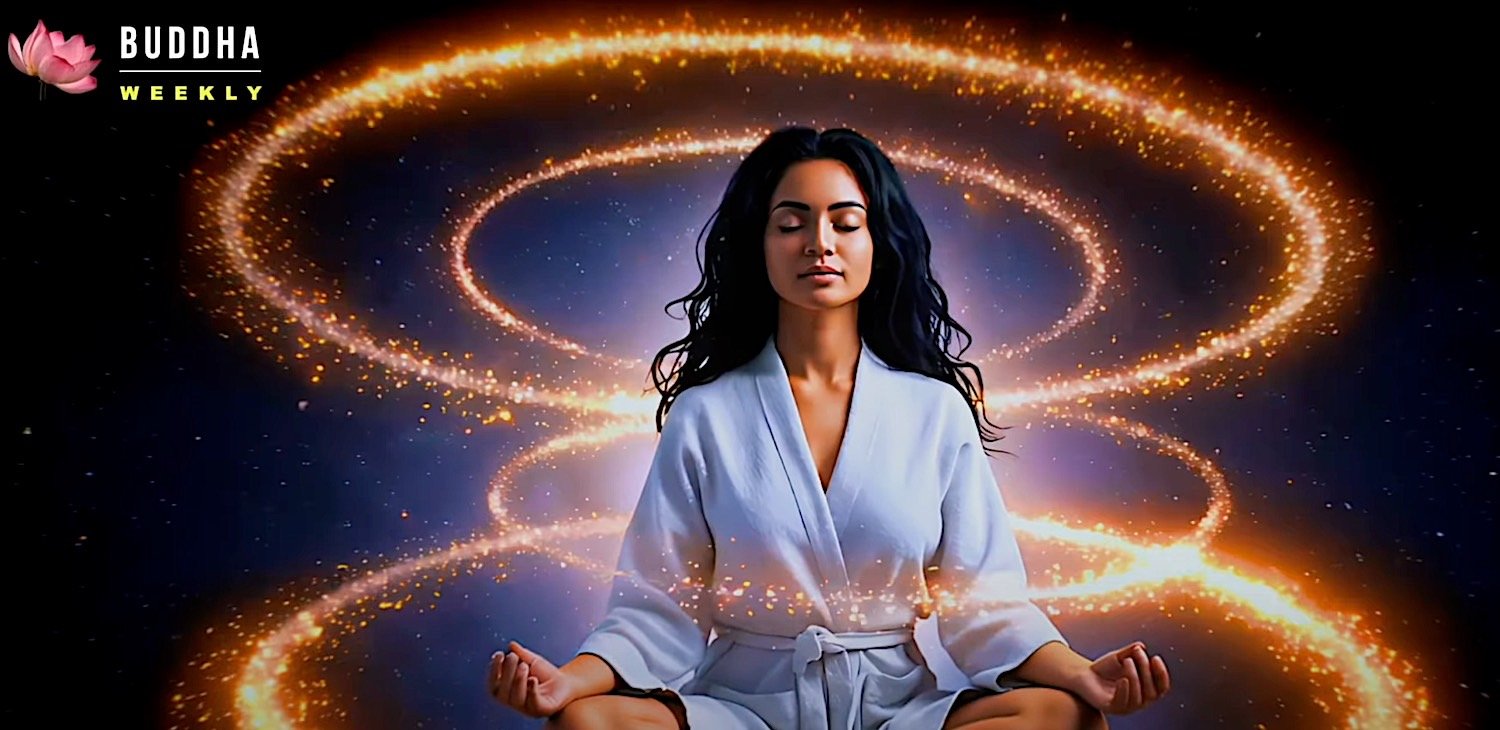
Practicing in Our Sleep Increases Dharma Time
One way we can increase our Dharma practice time, is by combining practice with sleep — the greatest period of non-productive activity. Although the human body and mind are healing during sleep, a good deal of our bed time is spent simply trying to sleep. Insomnia is a growing problem. Fortunately, mindful Dharma meditation can not only increase actual sleep time, by inducing rapid sleep, it can make our sleep time a Dharma practice. We can use sleep time to purify, heal, and detoxify the five Buddhist poisons.
Unfortunately, our fears, diseases and other issues don’t sleep at night. We still endure cycles of stress and fear in our sleep. If we have a disease or condition, that also attacks us in our sleep. The Maras and demons of our daytime life are arguably even more active at night, in the form of doubts and fears, nightmares, restlessness, and insomnia. Not only is quality sleep disrupted, we damage a lot of the valuable progress we made in our waking hours in our Dharma practice.

A Day in Your Life?
Does this sound familiar?
You get angry at work. The Mara of anger arises in you. You lose control. Yell at someone. Or, maybe you bottle it up and then end up yelling at a loving family member when you get home. This is the Poison of Anger.
As a Buddhist, you know this poison well. After your dinner you settle for a meditation session on Black Tara, or Akshobhya Buddha, or another meditation focused on settling your anger. You apologize to your family and go to bed with a settled mind.

Then, as soon as you start to settle into sleep mode, you start to remember all the things that made you angry in the day. And worse, you have to face that person or situation tomorrow. And there’s that deadline, too. Your lovely meditation practice is forgotten in the rise of the new Mara’s of regret, more anger, frustration. Worse, your anger and fears rise up as nightmares when you finally do sleep. You are literally being attacked by the demons of anger.
Do you just have a hot milk and try to sleep? Or could you turn this into an opportunity to practice sleep yoga.
Angulimala the Serial Killer and his Nightmares
In all traditions of Buddhism, the answer is yes. Imagine this moment in history from Sutra, 2600 years ago. The serial killer Angulimala, who attacked Shakyamuni Buddha several times unsuccessfully with a knife. He was never able to wound the Buddha. Magically, the Buddha was always five steps away. Finally, he regretted his life and became one of Shakyamuni’s devoted monks. Yet, imagine his nightmares, each night, after he finished his meditations under the kind care of Shakyamuni Buddha, only to try and sleep. Did his 99 victims faces manifest in his nightmares? Could he even sleep?

Angulimala actually became a monk, entirely purified, and he attained realizations in his remaining life. How? He never stopped practicing Buddha’s Dharma. Why? He was almost certainly experiencing the hells, visions of his horrible crimes in his sleep time — the regret for his horrible deeds as a serial killer of ninety-nine people. The hells spoken of in the teachings aren’t just a regretful experience of working out our negative karmas between lives. Sleep time, for someone like Angulimala, would have been a genuine, terrible, hell realm.

Nidra Sleep Yoga
In Vajrayana, sleep yogas are taken to an entirely different level, with the Yogas of Naropa, Buddhist Nidra Sleep Yoga, and even Milam or Dream Yoga. This is because Buddhists have always realized how precious this human life is — and how much time is spent sleeping. No matter how much we suffer, no matter how unfair life is, our life is still a precious opportunity to practice Buddha Dharma — which is an opportunity that animals, insects and other beings really don’t experience in this life. We waste it, if we let 230,000 hours be wasted in sleep.
That doesn’t mean we suddenly don’t sleep. We know we need quality sleep for health of mind and body, which is most precious. What it means is we learn how to practice before, during and after sleep. This is why many Buddhists end their day with at least a short protective practice, or their Yidam practices.

Meditation on Breath & Refuge Before Bed
Before we sleep, we make sure to settle our mind, and practice breathing and our Yidam practices to settle our mind and body and remove any lingering “poison” from our day. We resolve the anger, jealousy, hate, craving, or greed we experienced during the day. We also might practice a little breathing, or some Tai Chi or Qigong, or Tibetan Yantra Yoga.
Then, before we sleep, we take a moment to engage in protective practices, such as Green Tara, to mentally, psychologically, and spiritually prepare us for the most defenseless part of our day — when we are asleep.

When we wake up, the first thing we do is dedicate the merit of our practices in that sleep period to the benefit of all sentient beings.
If we do these three things, not only do we sleep better and deeper, we are safe and protected, and we’ve added 230,000 practice hours to our present life — on average.
And, even if we only partially succeed, we still gain substantial practice time. Even if we only gain back 10 percent of the lost time, that’s 23,000 hours of practice in a lifetime!
Unresolved Maras — Transforming Before Sleep
One reason people can’t sleep is they have not resolved all their “maras” through the day. These are labeled with different words in Buddhism, such as poisons, maras, demons, attachments, and obstacles. All of these poisons and attachments to anger, jealousy, hate, lust, or ignorance still occupies our busy minds when we finally go to bed and try to sleep. We add to these worries by reading more news and gossip online before sleeping.

Settling and transforming these maras — our own emotions — is at the heart of Buddhist practice. Normally our Yidam, or meditational deity, is a practice given by our teacher, or chosen for ourselves, based on the biggest obstacle or “poison. Putting aside your phone or other consumption device before you meditate and then sleep is important to settle the mind.
Now, turn the mind to meditation.
The beautiful thing about “formulated” practices in Buddhism, as given by our teacher, or here on this channel in concise form, is they are complete. Each meditation, whether retreat-length or concise, will have Refuge, Bodhichitta, 7 Limbs of Practice, Merit Accumulation such as meditation with mantras, and Dedication of Merits. None of this is dispensable.
Taking Refuge in the Three Jewels
But among these, the most important for sleep is certainly Refuge. It is our Refuge in the Three Jewels, Buddha, Dharma and Sangha that assures our safety, our protection, even as we sleep. In that refuge, we are safe. We are on the safe shore for the evening. When we wake up, ideally, we repeat it, to protect ourselves through the day.
To truly benefit from the protection, as always, we need faith and Bodhichitta. We believe entirely in the unshakable perfection of the Buddha, Dharma and Sangha. With that faith, we are protected. Making sure you at least state your Refuge three times before bed is the most important step to safe and restful sleep.
Your Yidam Practice if You Have One
Next, if you have a Yidam practice, you should at least do the concise version of the Sadhana. If you’re rushed, or on the go, or travelling, you can still at least undertake the most basic Sadhana yoga. This is called six session concise yoga in some lineages. There is also Six Session guru Yoga, which is a highest yoga practice in the Gelug traditions. Here we’re referring to the most concise form of Buddhist practice, called “yoga” in six sessions to maximize sleep and through-the-day protection. It is, essentially a mini-sadhana and renewal of vows. After all, the heart of Buddhism is to practice daily. And, in modern, busy life concise practices are better than no practices.
In other words, its basically a complete practice for people in a ridiculous hurry. For instance, if we’re tired, too tired to fully practice, and only have a few minutes of mental clarity available, we could engage in this short practice. It’s literally only one paragraph, ideally repeated three times in the morning, three times at night, or even better six times throughout the day. Before breakfast, coffee break, lunch, dinner, etc.
Six Session Concise Sleep Yoga
The six session yoga presented here includes Refuge, offering, re-affirms your Bodhichitta and vows, and dedicates merit. To this, if you have time, add mantras of your own special Yidam deity. If you have a Yidam, you know that all Enlightened Buddhas are the essence of Buddha, Dharma and Sangha, so your practice in this way is complete. As a complete practice, this means it purifies all your maras and negative karmas and obstacles from your day, allowing you a restful sleep. As a complete practice, it fulfils your promise to practice each day. As a complete practice it brings the four activities of Buddhist practice, and helps to heal us and strengthen us.
You can visualize your own Yidam (or name your own Yidam) in the place where the text describes Buddha. The words spoken are so short, you can easily memorize them, and perform them six times before you sleep, together with some mantras. If you do not have empowerment and permission to self-generate, then you would say it this way as a frontal generation, with Buddha in front of you.
From my Gurus and the Three Precious Gems, I take refuge and safe direction.
With Bhagavan Buddha appearing in front of me, I present you with offerings.
Upholding the teachings of Dharma, I restrain myself from a wide array of faulty deeds.
Amassing within all constructive measures, I benefit beings through the four types of giving.
Why it’s a Complete Practice in Four Lines
As you can see, this super concise practice contains all the requirements of merit practice. If you have time for a longer version, we’ll present that later. The purpose of this version is to ensure you practice this six times a day, the ideal number to maintain your samaya with Buddha, Dharma and Sangha. Here is why it is a complete, concise practice.
The first line, “From my Gurus and the Three Precious Gems, I take refuge and safe direction,” is your refuge in the Three Jewels. If you don’t have a Guru, just state the Three Gems or Jewels, or more elaborately I take Refuge in Buddha, Dharma and Sangha.
The second line, “With Bhagavan Buddha appearing in front of me, I present you with offerings,” is your visualization, which activates your mind properly. Just saying it helps, but if you can, actually visualize Buddha in front of you. If you have a Yidam, visualize your Yidam, knowing your Yidam represents all Three Jewels, the essence of all.
The third line, “Upholding the teachings of Dharma, I restrain myself from a wide array of faulty deeds,” is the most concise way to re-affirm your samaya to engage in Bodhichitta conduct. It renews your promise to follow the eightfold path of Buddha.
The fourth line, “Amassing within all constructive measures, I benefit beings through the four types of giving,” is the concise catch-all that assumes you understand the 7 limbs of practice of: prostration, offering, confession, rejoicing, requesting the turning of the Wheel of Dharma, Requesting the Buddhas to remain until Samsara ends, and Dedication of Merit. It’s a catch all, because in Mahayana, if you have the samaya, you know that “constructive measures” is these seven limbs of practice, plus ethical conduct. It is also a statement of dedication. “I benefit beings through the four types of giving.”
The four types of giving are: giving material help such as food and money to help other people; giving protection from fear, anxiety and danger; giving love and kindness; and, giving the Dharma, or helping to Spread the Dharma.
These short four lines are complete in every way, if you understand how. Now, when you practice this, at least six times a day, or more often if you can, you are protecting yourself, planting the seeds of Dharma and Enlightenment, and generating Bodhichitta.
After each verse or statement, you can follow with your Yidam’s mantra, or the mantra you are practicing — for instance, Tara for protection, or Medicine Buddha for healing.
With a calm mind, you settle back to sleep, closing your eyes and continuing to recite your Yidam or supplicating mantra silently now to yourself. And allow your mind to drift off to sleep, knowing you are fully protected.
In future presentations, we’ll cover more in-depth practices, including a longer version of six session yoga, and also Dream Yogas to encourage constructive lucid dreaming so that you can continue your practice even as you sleep. We’ll also prepare a headphone practice version of sleep and milam yogas for play as you go to sleep in future presentations.
For now, we’ll end with the six session yoga three times. This is short, and easy to memorize for daily recitation six times, three in the morning, three before sleep. Visualize and state the name of your Yidam in place of “Buddha” if you have a Yidam, and end with your Yidam or supplicating mantras.
From my Gurus and the Three Precious Gems, I take refuge and safe direction. With Bhagavan Buddha appearing in front of me, I present you with offerings. Upholding the teachings of Dharma, I restrain myself from a wide array of faulty deeds. Amassing within all constructive measures, I benefit beings through the four types of giving.
From my Gurus and the Three Precious Gems, I take refuge and safe direction. With Bhagavan Buddha appearing in front of me, I present you with offerings. Upholding the teachings of Dharma, I restrain myself from a wide array of faulty deeds. Amassing within all constructive measures, I benefit beings through the four types of giving.
From my Gurus and the Three Precious Gems, I take refuge and safe direction. With Bhagavan Buddha appearing in front of me, I present you with offerings. Upholding the teachings of Dharma, I restrain myself from a wide array of faulty deeds. Amassing within all constructive measures, I benefit beings through the four types of giving.
We dedicate the merit of this presentation to the benefit of all sentient beings.
1 thought on “Buddhist Six Session Nidra Sleep Yoga – Protection for Sleeping Mind in a Concise Pratice”
Leave a Comment
More articles by this author
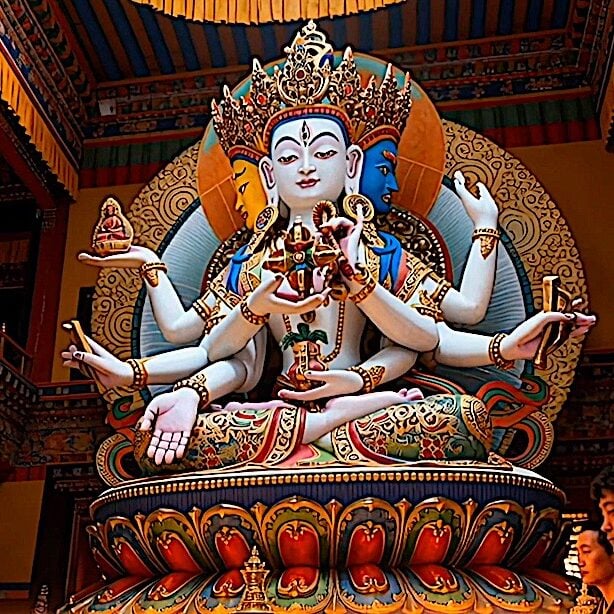
ON HEARING: Ushnisha Vijaya Dharani Overcomes Six Types of Suffering, Conquering the Lord of Death: Supreme in Six Realms

Sitatapatra or Dukkar — the ultimate protective Bodhisattva Goddess, form of Mother Tara — 1000 arms or 2 arms, she is “Aparajita” the Undefeatable One
Search
Latest Features
Please support the "Spread the Dharma" mission as one of our heroic Dharma Supporting Members, or with a one-time donation.
Please Help Support the “Spread the Dharma” Mission!
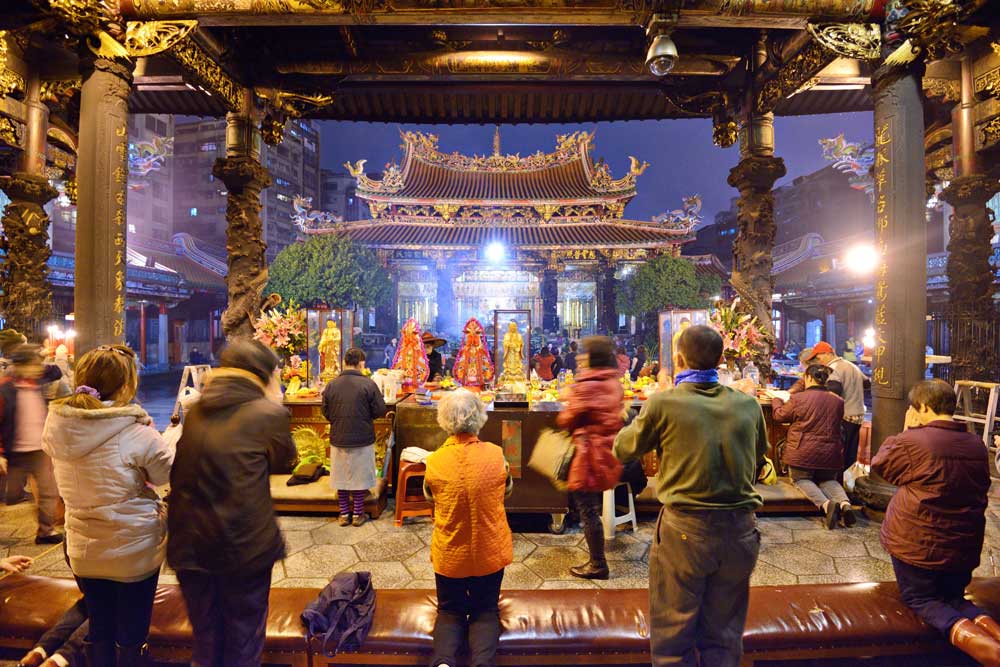
Be a part of the noble mission as a supporting member or a patron, or a volunteer contributor of content.
The power of Dharma to help sentient beings, in part, lies in ensuring access to Buddha’s precious Dharma — the mission of Buddha Weekly. We can’t do it without you!
A non-profit association since 2007, Buddha Weekly published many feature articles, videos, and, podcasts. Please consider supporting the mission to preserve and “Spread the Dharma." Your support as either a patron or a supporting member helps defray the high costs of producing quality Dharma content. Thank you! Learn more here, or become one of our super karma heroes on Patreon.
Lee Kane
Author | Buddha Weekly
Lee Kane is the editor of Buddha Weekly, since 2007. His main focuses as a writer are mindfulness techniques, meditation, Dharma and Sutra commentaries, Buddhist practices, international perspectives and traditions, Vajrayana, Mahayana, Zen. He also covers various events.
Lee also contributes as a writer to various other online magazines and blogs.
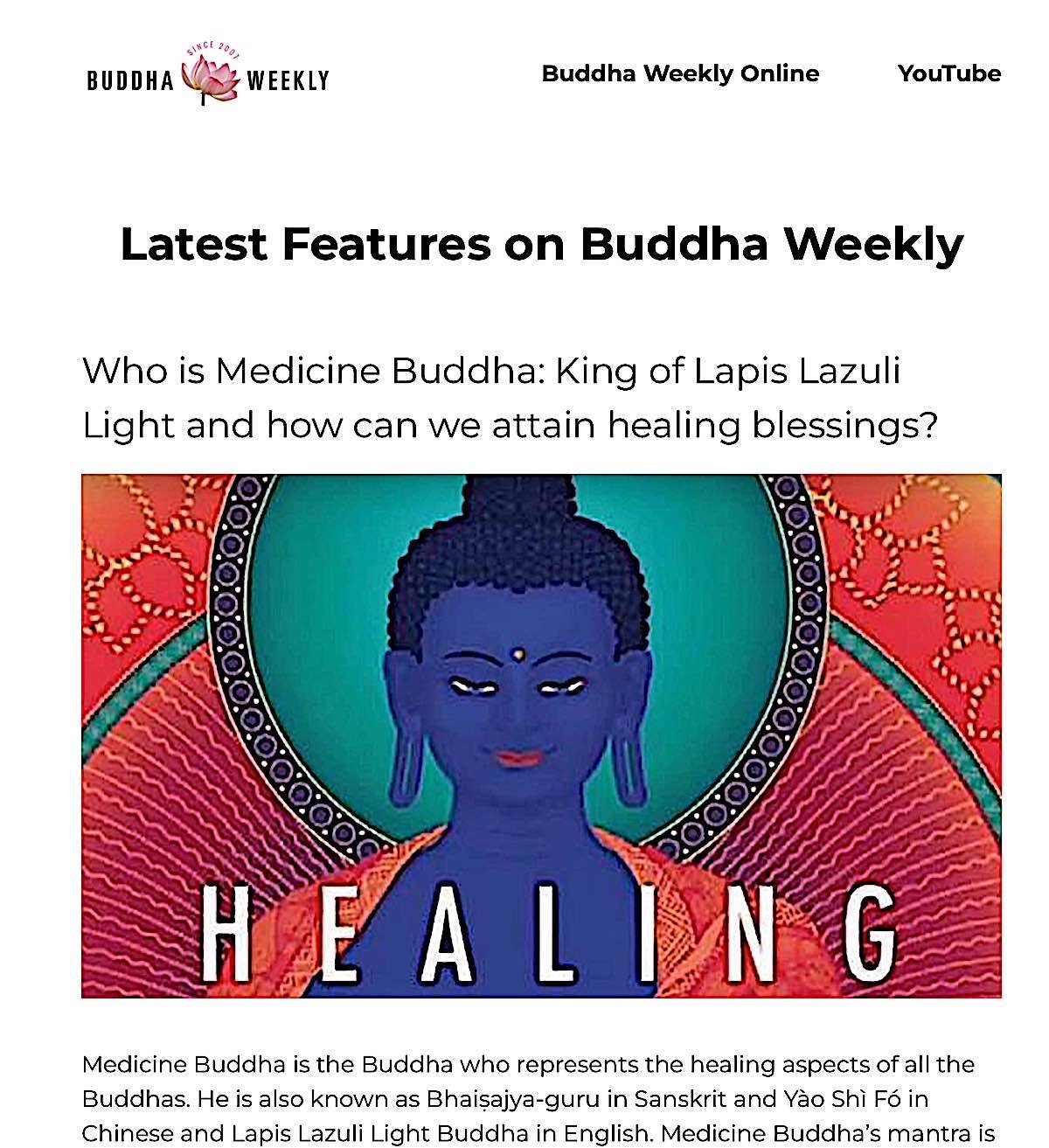
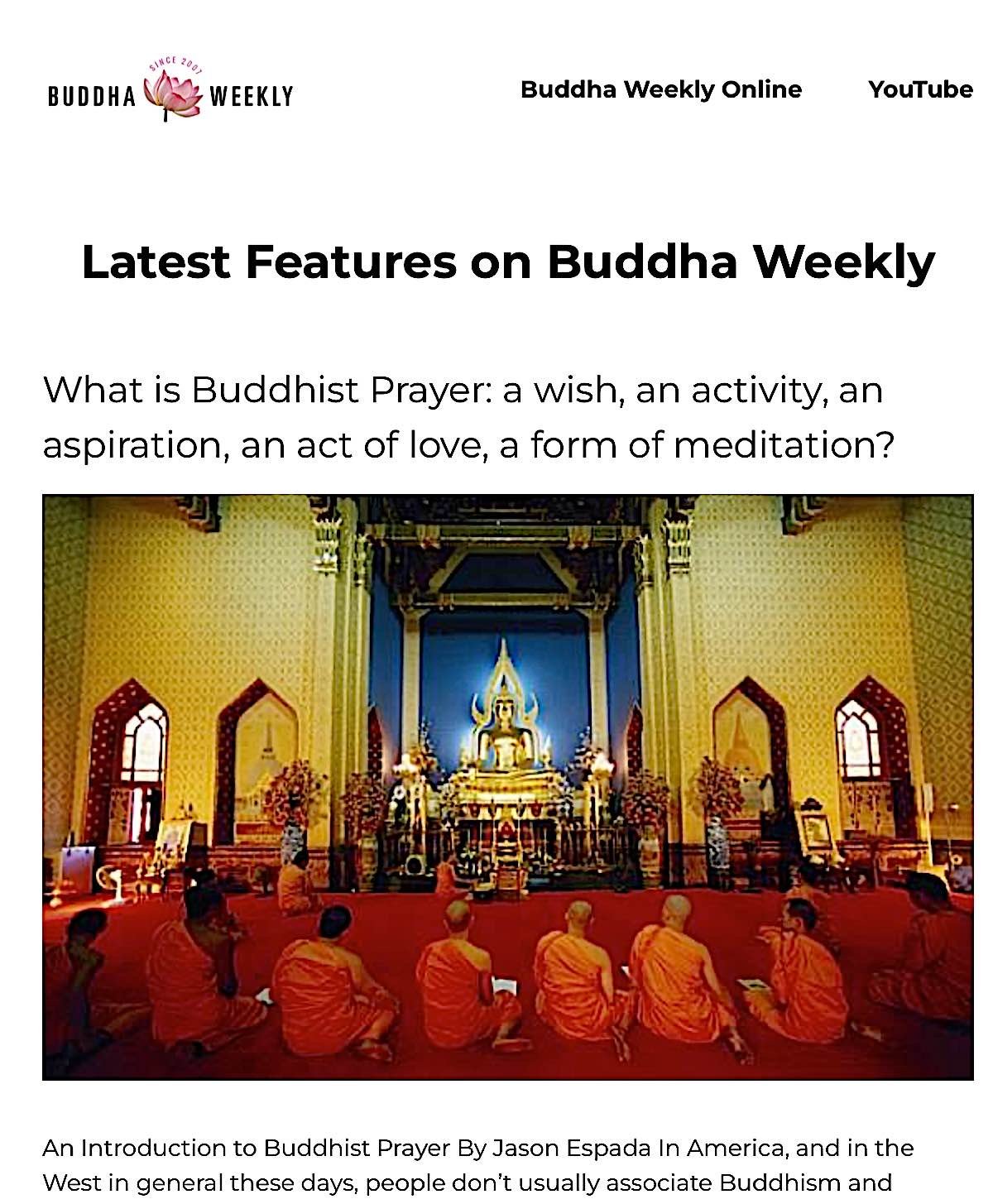



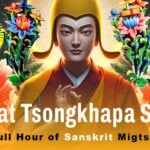
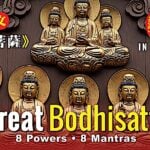
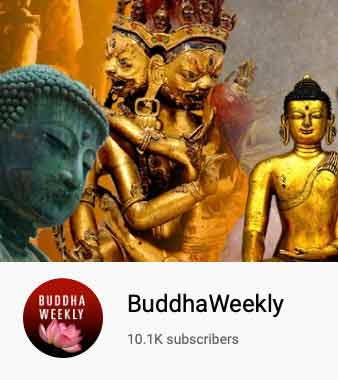


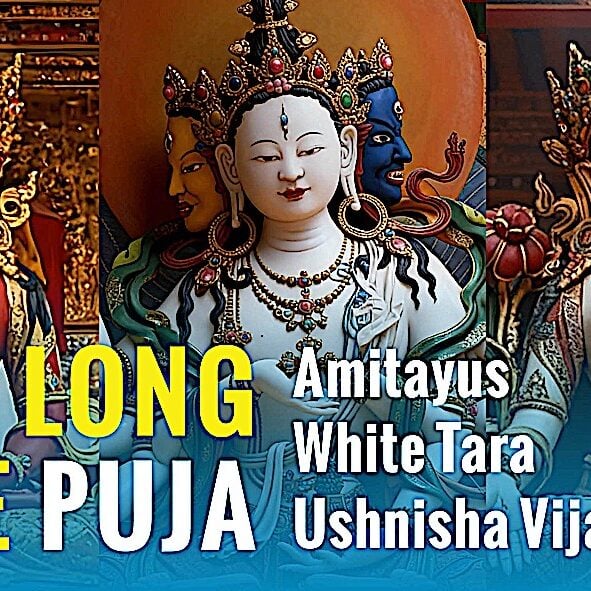

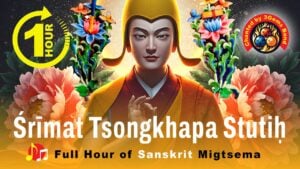




Thanks lēts go on practithing working on Raits Abels.